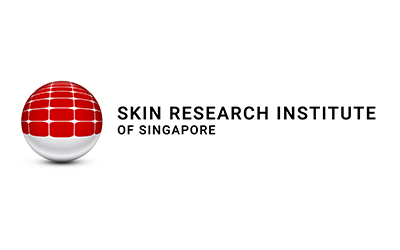Asian Skin Microbiome
Skin is the human body’s second-largest organ in surface area, second only to the intestines. The skin itself is colonised by a vast and diverse selection of bacteria, fungi, and viruses and are collectively referred to as the human skin microbiome. Mostly harmless, these microbes are crucial to our skin and overall health. Disruption of the skin microbiome leads to various clinical conditions such as dandruff, eczema, and psoriasis.
Microbiome diversity varies among different demographic populations depending on climate, genetics, and diet. Currently, most skin microbiome research is focused on North American and Western European populations, while knowledge about Asian skin and its microbiome is minimal. Research on the Asian skin microbiome paves the way to explore novel therapeutics that enables better treatment options and improved skin health.
Our Approach
The Asian Skin Microbiome Programme (ASMP) is jointly led by the A*STAR Skin Research Labs (A*SRL) and Genome Institute of Singapore (GIS). This programme brings together scientists, industry partners, and clinicians to investigate the Asian skin microbiome. We hope to unravel deeper insights into skin disorders in the purview of the skin microbiome. ASMP scientists are developing novel methodologies for measuring skin metabolites, identifying Asian-specific fungal resistance mechanisms, and validating metatranscriptomics technologies. This overarching microbial-based approach will enable therapeutics for skin disorders to improve skin health.
Technology Tool Kit
We are building capabilities and resources to understand the skin microbiome’s function, moving from marker gene-based taxonomic studies to whole-metagenome analyses. We will be integrating metagenomes, metabolomes, and lipidomes to define host-microbiome interactions.
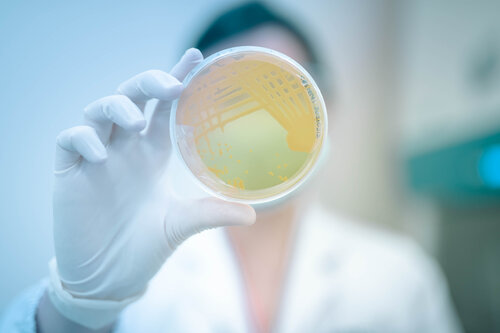
Functional Skin Microbiome
We hope to define the skin microbiome in healthy human skin, learn how perturbations alter skin homeostasis, investigate healthy cohorts with data on puberty, adult health, menopause, and targeted interventions. The health focus is unique, drawing strength from analysis on multiple dimensions.
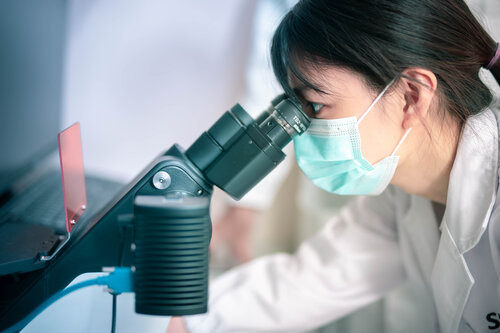
Skin Microbiome Model
We are building experimentally validated skin microbiome models with increasing levels of complexity to study “cause and consequence” relationships between the host and the microbiome. Understanding skin homeostasis and enabling the testing of various intervention strategies is key to utilizing the human profiling data that we generate.
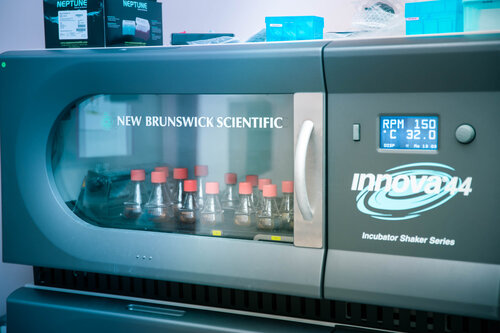
Contact us
For more information on the Asian Skin Microbiome Programme, please contact Thomas Dawson, John Common or Niranjan Nagarajan (from GIS).
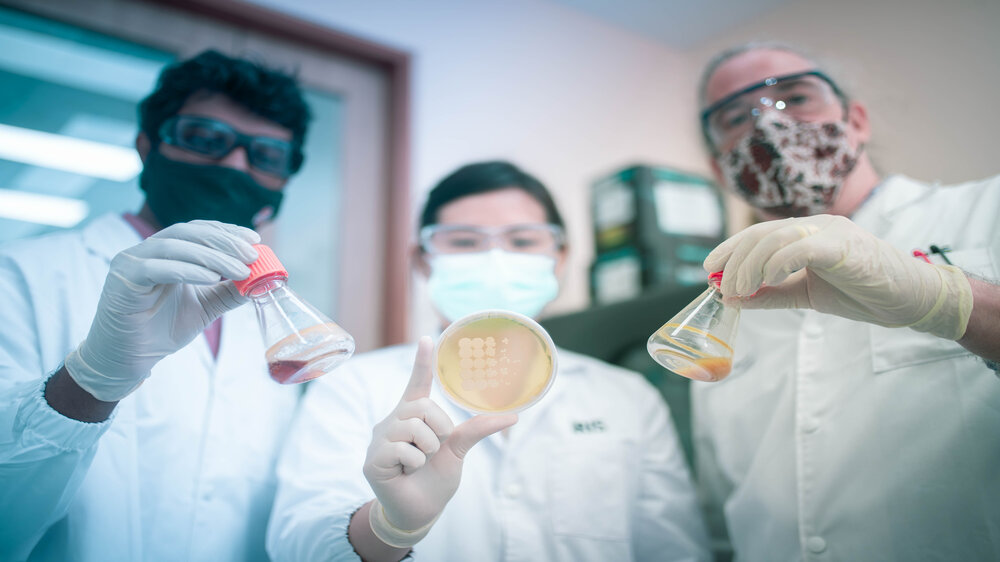
A*STAR celebrates International Women's Day

From groundbreaking discoveries to cutting-edge research, our researchers are empowering the next generation of female science, technology, engineering and mathematics (STEM) leaders.
Get inspired by our #WomeninSTEM
